Articles > Geography
Think you know Brazil Largest Cities or can you complete Brazil City Population Coverage? You’ll need to know the 10 largest cities in Brazil.
São Paulo – 12,284,940
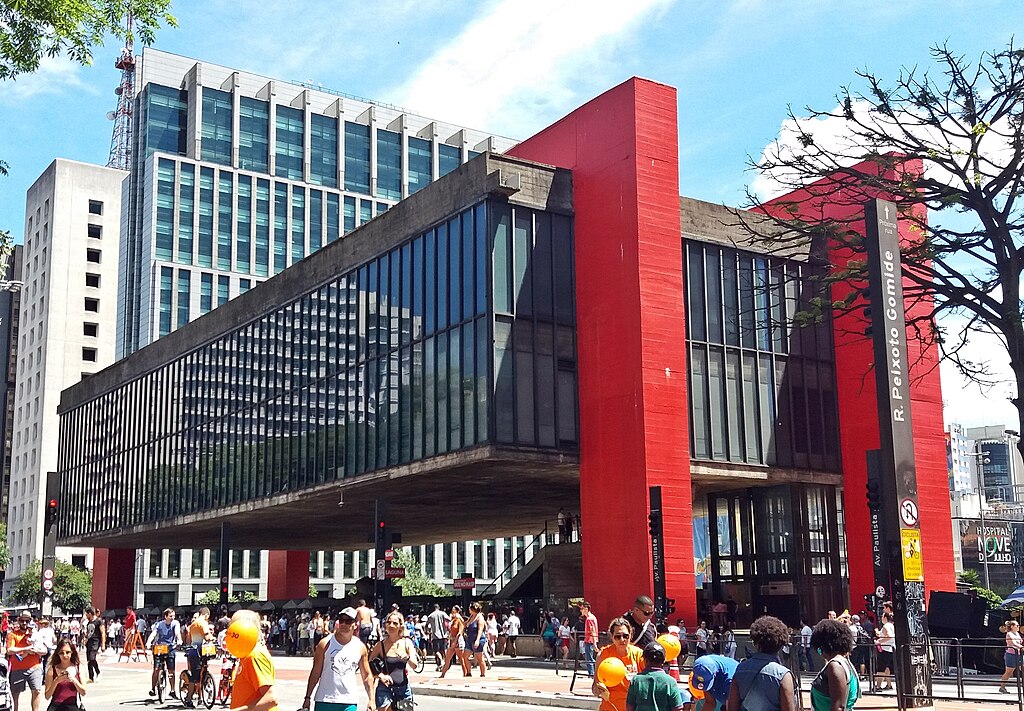
São Paulo is the most populous city in Brazil and the Southern Hemisphere, serving as a vibrant hub for commerce, finance, arts, and culture. Known for its diverse population, São Paulo is home to immigrants from Italy, Japan, Lebanon, and other countries, enriching its cultural landscape. The city boasts landmarks such as Avenida Paulista, Ibirapuera Park, and the São Paulo Museum of Art, blending modern and historic influences.
The city has a dynamic economy, contributing significantly to Brazil’s GDP. It’s also known for its annual events, including the São Paulo Fashion Week and the São Paulo International Film Festival, attracting international audiences.
Interesting Fact:
São Paulo has the largest Japanese community outside Japan, particularly in the neighborhood of Liberdade.
Rio de Janeiro – 6,775,560
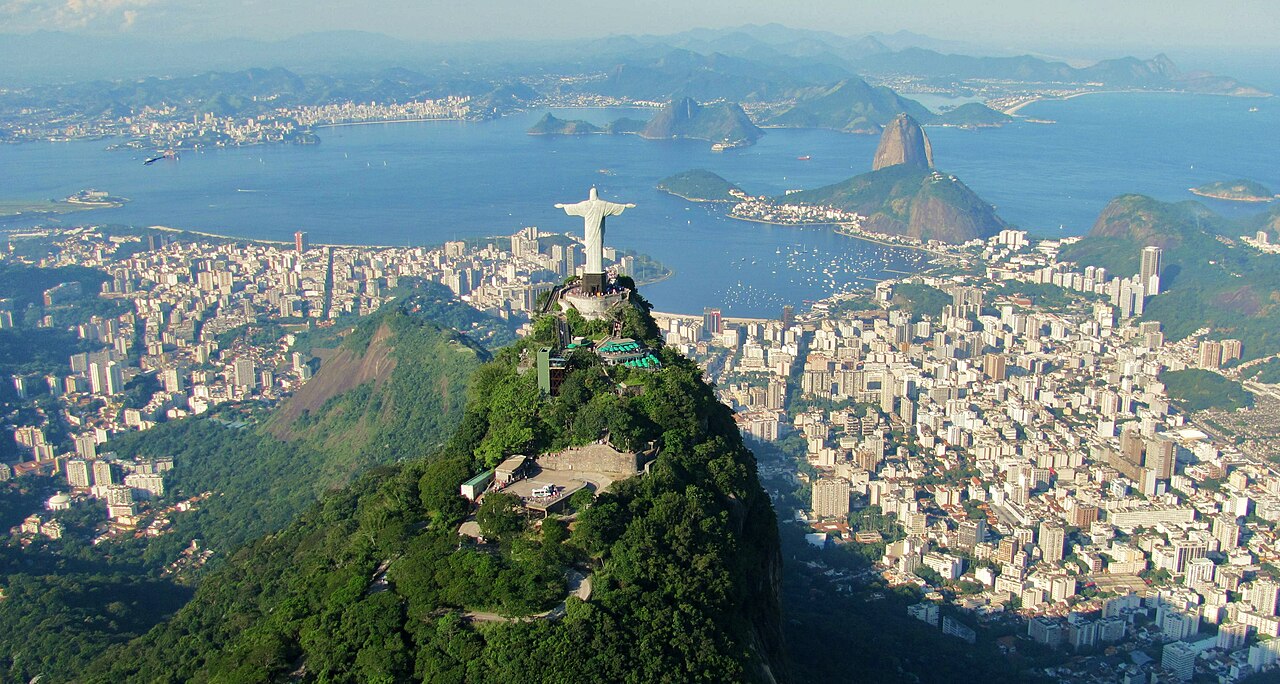
Rio de Janeiro, known for its breathtaking beaches, mountains, and vibrant Carnaval celebrations, is one of Brazil’s most iconic cities. The city is famous for landmarks like the Christ the Redeemer statue, Sugarloaf Mountain, and Copacabana Beach. Rio is a city that embraces its natural landscape, with Tijuca National Park offering urban residents a lush escape.
Rio has a rich cultural heritage, blending Portuguese, African, and indigenous influences. It’s home to samba music and dance, which are central to the city’s identity. The city hosted the Olympics in 2016, marking a milestone in its global reputation.
Interesting Fact:
Rio de Janeiro was the capital of Brazil until 1960, when Brasília took over the role.
Brasília – 2,988,440
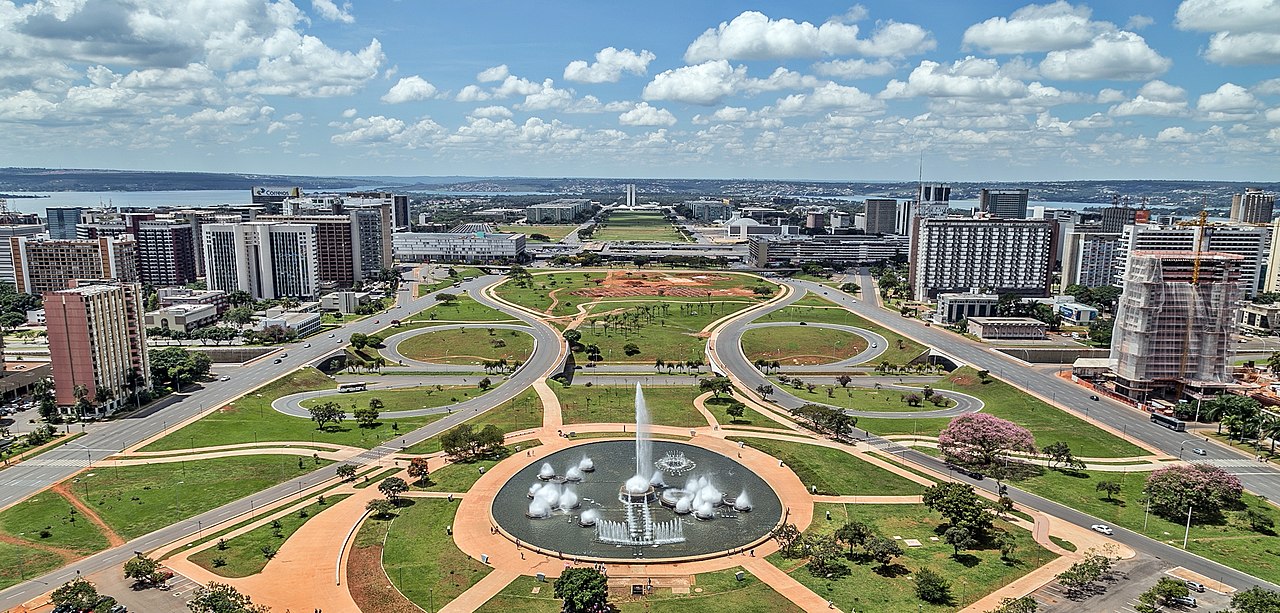
Brasília, Brazil’s capital since 1960, was a planned city designed by architect Oscar Niemeyer and urban planner Lúcio Costa. Its unique modernist architecture and layout, structured to resemble an airplane, earned it UNESCO World Heritage status. As the seat of government, it houses key federal institutions and diplomatic missions.
The city was built with futuristic aspirations, symbolizing a new era for Brazil. Its design prioritizes functionality and urban space, with residential areas organized by sectors. Brasília has also become a hub for architectural tourism, drawing enthusiasts from around the world.
Interesting Fact:
Brasília was constructed in just over three years, between 1956 and 1960, a record feat for urban development.
Salvador – 2,899,520
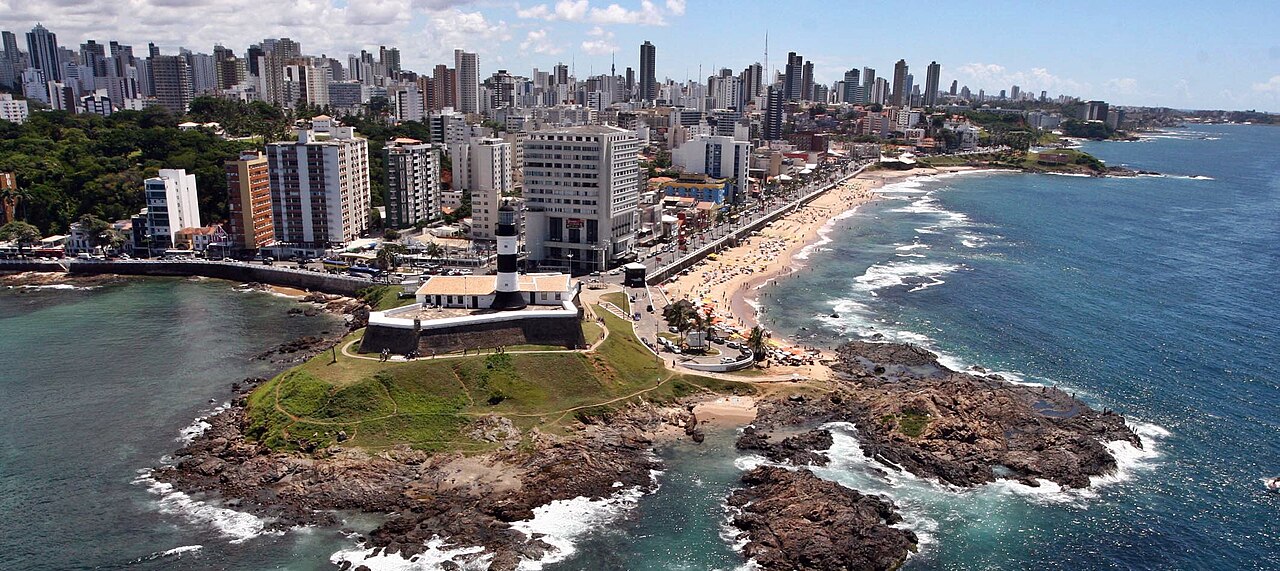
Salvador, located on Brazil’s northeastern coast, is renowned for its Afro-Brazilian culture, colonial architecture, and vibrant festivals. As one of the oldest cities in the Americas, founded in 1549, Salvador boasts a rich history evident in the Pelourinho district, a UNESCO World Heritage site.
The city is known for its annual Carnaval, which rivals Rio’s in terms of energy and scale. Salvador’s cuisine, music, and religious practices are deeply influenced by African traditions, making it a unique cultural hotspot in Brazil.
Interesting Fact:
Salvador was Brazil’s first capital, serving this role until 1763.
Fortaleza – 2,703,390
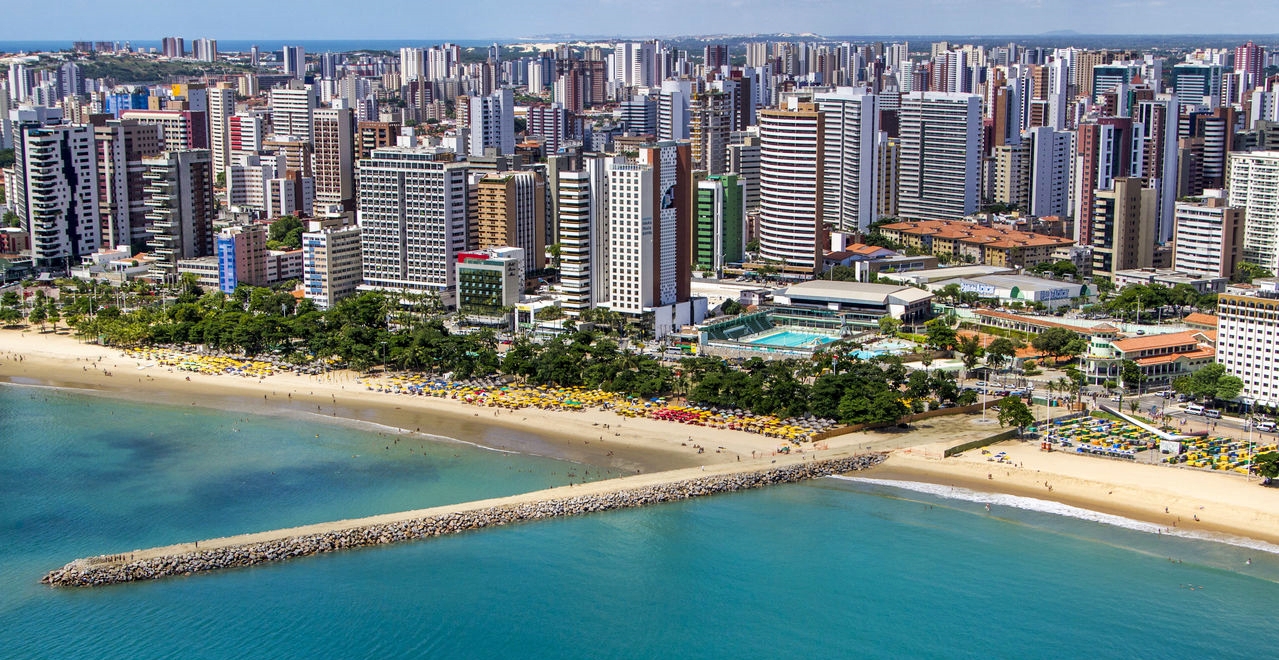
Fortaleza, a northeastern coastal city, is known for its beautiful beaches and lively nightlife. With a thriving tourism sector, it attracts visitors with attractions such as Praia do Futuro, Iracema Beach, and the historic Fortaleza de Nossa Senhora da Assunção. Fortaleza is also a key economic center in the region, known for textiles and trade.
The city has a hot, tropical climate year-round, drawing tourists seeking sun and sand. The Dragão do Mar Cultural Center, offering museums and theaters, is a popular destination for both locals and visitors.
Interesting Fact:
Fortaleza is known as the “Land of Light,” being one of the sunniest cities in Brazil.
Belo Horizonte – 2,530,700
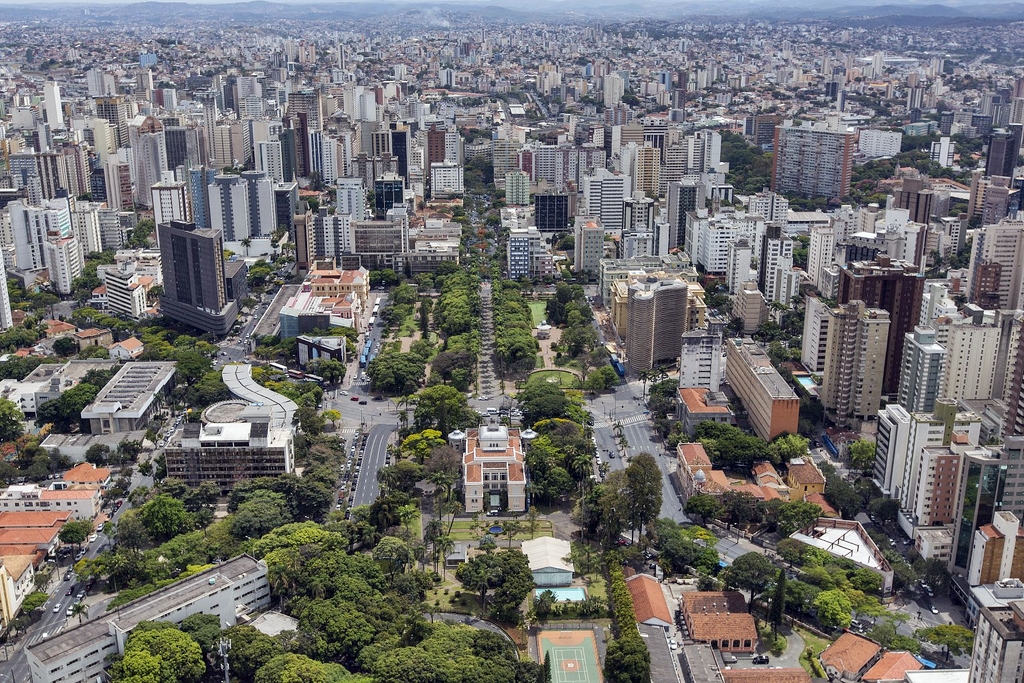
Belo Horizonte, capital of Minas Gerais, was one of the first planned cities in Brazil, established in 1897. Known for its beautiful landscape surrounded by mountains, it’s a city that blends modern and colonial influences. Belo Horizonte’s Pampulha district, designed by Oscar Niemeyer, is particularly famous for its modernist architecture.
The city has a strong cultural scene, with various music festivals and a thriving food culture. Belo Horizonte is often considered Brazil’s bar capital, with numerous establishments serving local dishes and craft beers.
Interesting Fact:
The Pampulha Modern Ensemble in Belo Horizonte is a UNESCO World Heritage site.
Manaus – 2,244,470
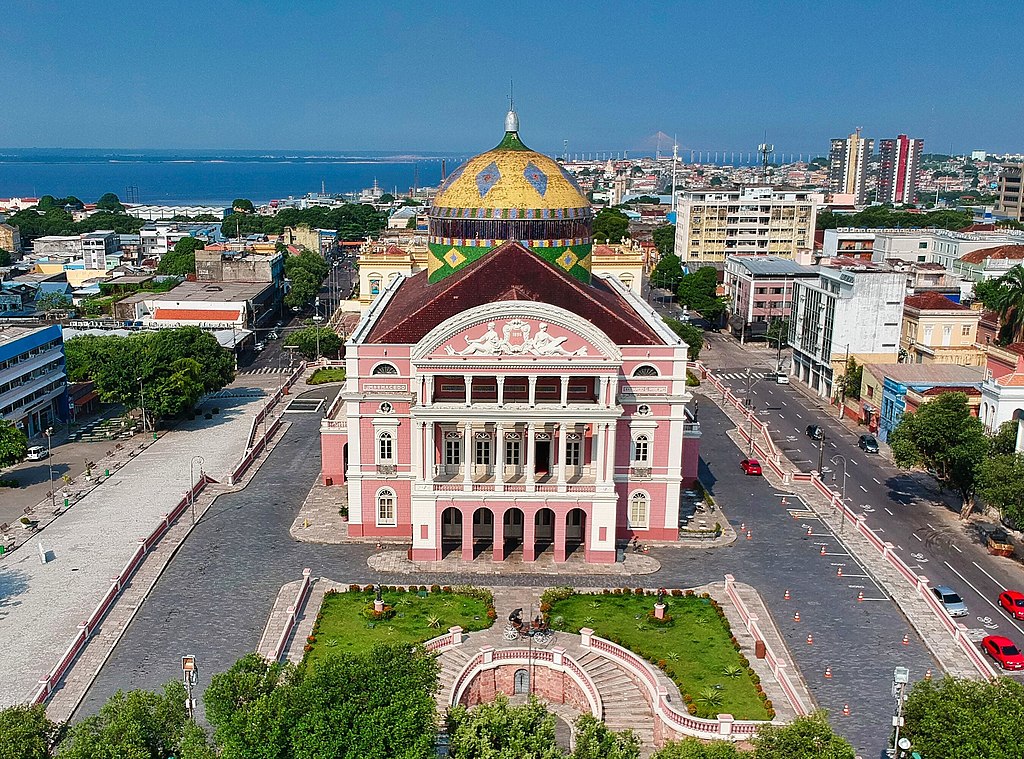
Manaus, located in the heart of the Amazon rainforest, is the capital of Amazonas state. Known as the “Gateway to the Amazon,” it attracts eco-tourists eager to explore the surrounding rainforests. Manaus is famous for its Teatro Amazonas, a striking opera house from the rubber boom era.
The city is a major center for ecotourism and environmental research. Manaus plays a critical role in Brazil’s economy as a free-trade zone, contributing to the development of the region.
Interesting Fact:
Manaus is the only city in Brazil accessible by boat or plane due to its remote location within the Amazon basin.
Curitiba – 1,963,730
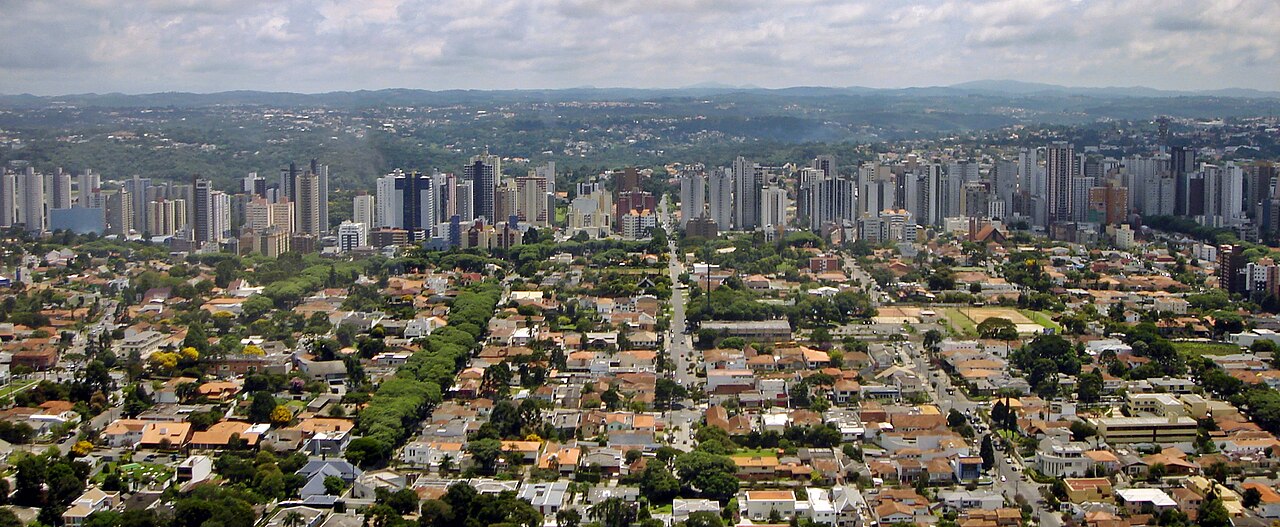
Curitiba, the capital of Paraná, is renowned for its innovative urban planning and high quality of life. The city is a model for sustainable development, with an efficient public transit system, numerous parks, and green spaces. Curitiba’s “Green City” initiatives have made it an inspiration for urban planners worldwide.
Curitiba’s culture combines European influences from Italian, German, and Polish immigrants, adding to its distinct character. Landmarks like the Oscar Niemeyer Museum and the Botanical Garden attract visitors and locals alike.
Interesting Fact:
Curitiba was one of the first cities in the world to implement a Bus Rapid Transit (BRT) system.
Recife – 1,661,020
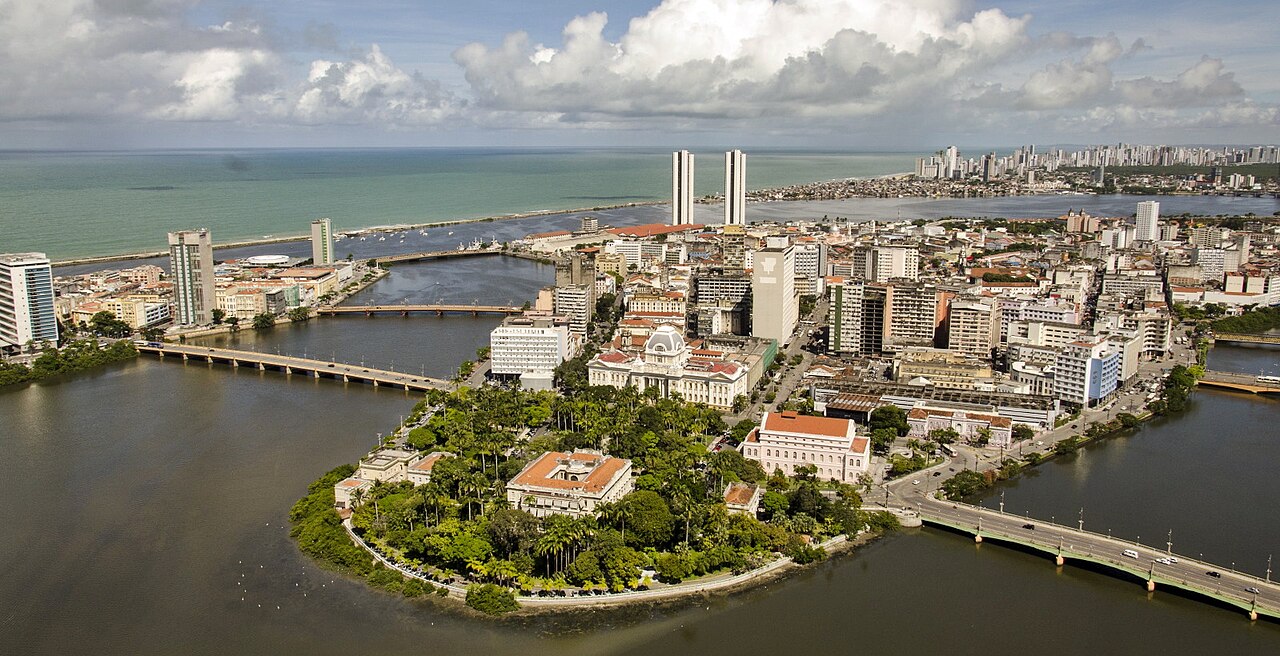
Recife, known as the “Brazilian Venice” for its canals, is the capital of Pernambuco. It’s famous for its beautiful beaches, like Boa Viagem, and its rich history. Recife’s colonial-era architecture and vibrant arts scene reflect its long-standing cultural heritage.
Recife is also the heart of Brazil’s frevo music and dance, a colorful tradition celebrated during Carnaval. The neighboring city of Olinda, with its UNESCO-recognized historic center, is an important part of the Recife metropolitan area.
Interesting Fact:
Recife hosts one of Brazil’s most famous Carnaval celebrations, known for its traditional frevo and maracatu music.
Goiânia – 1,549,740

Goiânia, the capital of Goiás, was one of Brazil’s first planned cities, established in the 1930s. Known for its extensive green spaces, it’s sometimes called the “Green City.” Goiânia has a warm climate and a laid-back lifestyle, making it a welcoming city for residents and visitors alike.
The city is an economic center for agriculture and livestock, given its location in a major agricultural region. Goiânia also has a lively music scene, particularly known for sertanejo, a popular genre of Brazilian country music.
Interesting Fact:
Goiânia has one of the highest proportions of green space per capita in Brazil.




